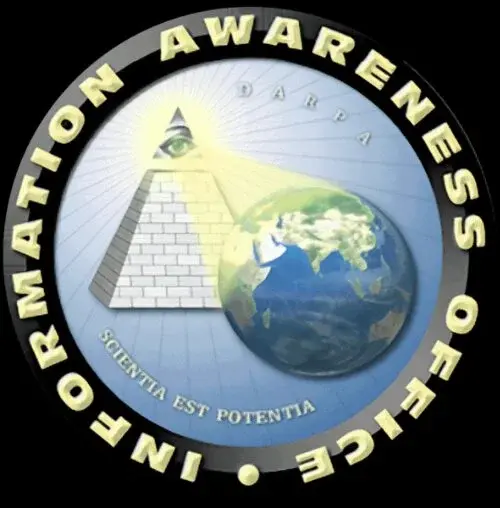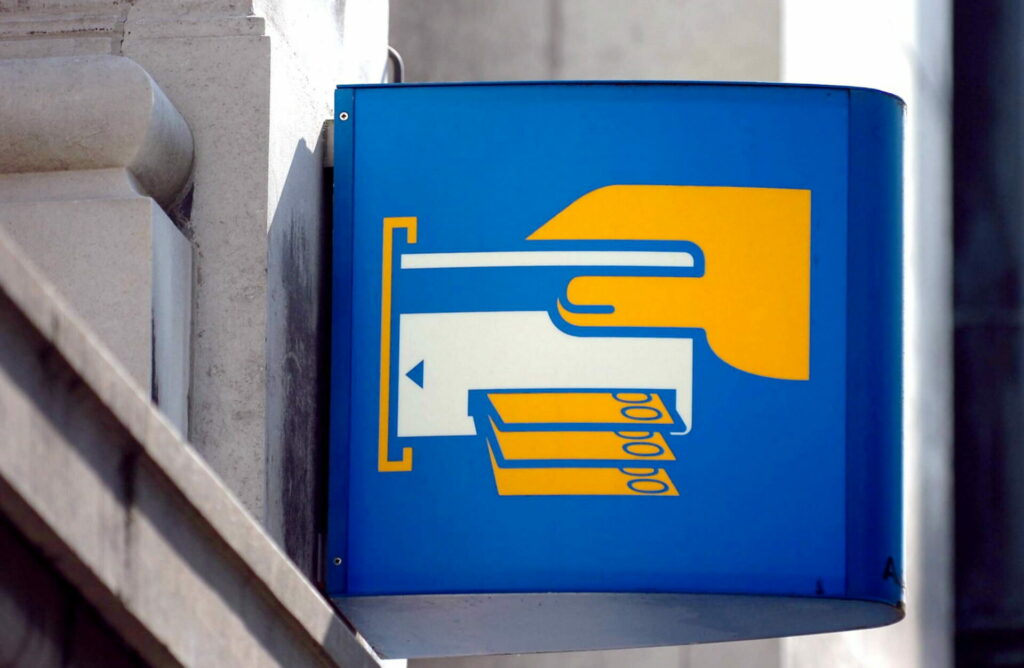My understanding of money laundering is the baddies have huge truck loads of untaxed dirty cash and they need to somehow legitimize it to get it into the bank. E.g. from Breaking Bad: drug money → car wash with phony sales → bank. Once it’s in the bank, it’s on the radar.
The linked article says that withdrawing cash is a money laundering red flag. Can someone please explain why that is? AFAIK, if the money is in the bank it must already be clean (or appear so), no?



Fincen is a US agency w/international reach, IIUC. The linked article is about Belgium, where €3k is a magic number for a lot of things:
https://www.nbb.be/en/financial-oversight/combating-money-laundering-and-financing-terrorism/information-and-15
Anyway, my question is still unanswered. I’m not asking what the limits are. I’m asking why withdrawals specifically have AML problems. My speculation is: they don’t… that a money launderer’s work is done on the deposit side of it & withdrawals have no relevance. It looks like AML is a cover for something else. E.g. they’re trying to prevent a run on the bank and are falsely using the “AML” buzzword that magically gets everyone’s uncritical agreement.